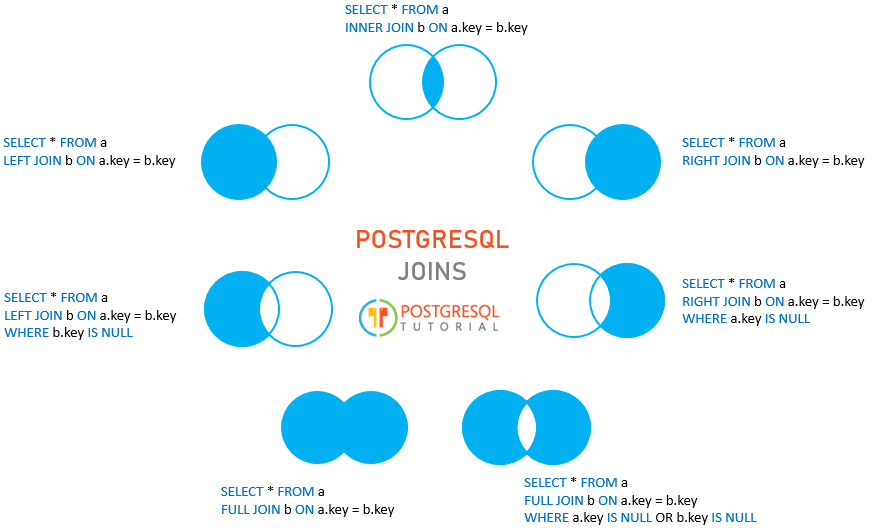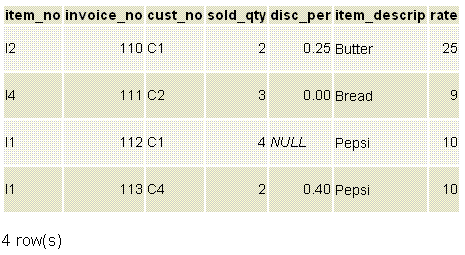
Due to this relational and inter-linked nature of the data model, which is implemented in the form of tables, it becomes inevitable to extract data from multiple tables and then relate this data together from a result set that is requested by the consuming application. Relational databases are generally used to store data in database objects known as tables which are modeled in a normalized fashion for several reasons like data deduplication, better organization of data, modeled entity relationships, etc. One of the most popular open-source relational databases is PostgreSQL. There are various industry-leading database systems available in the industry. Self-joins are very useful to query hierarchical data or to compare rows within the same table.In this article, we will learn about different types of PostgreSQL joins with examples.ĭata is generally hosted in a variety of data management repositories, one of them being relational database management systems.A PostgreSQL self-join is a regular join that joins a table to itself using the INNER JOIN or LEFT JOIN.The join predicate matches two different films ( f1.film_id f2.film_id) that have the same length ( f1.length = f2.length) Summary
#Postgresql left inner join code#
The following query finds all pair of films that have the same length, SELECTį1.length = f2.length Code language: SQL (Structured Query Language) ( sql ) See the following film table from the DVD rental database: ORDER BY manager Code language: SQL (Structured Query Language) ( sql ) 2) Comparing the rows with the same table

To include the top manager in the result set, you use the LEFT JOIN instead of INNER JOIN clause as shown in the following query: SELECT Notice that the top manager does not appear on the output. The join predicate finds the employee/manager pair by matching values in the employee_id and manager_id columns.

It uses table aliases e for the employee and m for the manager. This query references the employees table twice, one as the employee and the other as the manager. employee_id = e.manager_idĬode language: SQL (Structured Query Language) ( sql ) The following query uses the self-join to find who reports to whom: SELECTĮ.first_name || ' ' || e.last_name employee, In other words, he or she is the top manager. When the value in the manager_id column is null, that employee does not report to anyone. The value in the manager_id column shows the manager to whom the employee directly reports.

In this employee table, the manager_id column references the employee_id column. ( 8, 'Salley', 'Lester', 3) Code language: SQL (Structured Query Language) ( sql ) The following statements create the employee table and insert some sample data into the table. Suppose, you have the following organizational structure: Let’s set up a sample table for the demonstration. Let’s take some examples of using self-joins.

LEFT JOIN table_name t2 ON join_predicate Code language: SQL (Structured Query Language) ( sql ) PostgreSQL self-join examples In this syntax, the table_name is joined to itself using the INNER JOIN clause.Īlso, you can use the LEFT JOIN or RIGHT JOIN clause to join table to itself like this: SELECT select_list INNER JOIN table_name t2 ON join_predicate Code language: SQL (Structured Query Language) ( sql ) The following query uses an INNER JOIN that joins the table to itself: SELECT select_list To form a self-join, you specify the same table twice with different table aliases and provide the join predicate after the ON keyword. In practice, you typically use a self-join to query hierarchical data or to compare rows within the same table. Introduction to PostgreSQL self-joinĪ self-join is a regular join that joins a table to itself.
#Postgresql left inner join how to#
Summary: in this tutorial, you will learn how to use the PostgreSQL self-join technique to compare rows within the same table.


 0 kommentar(er)
0 kommentar(er)
